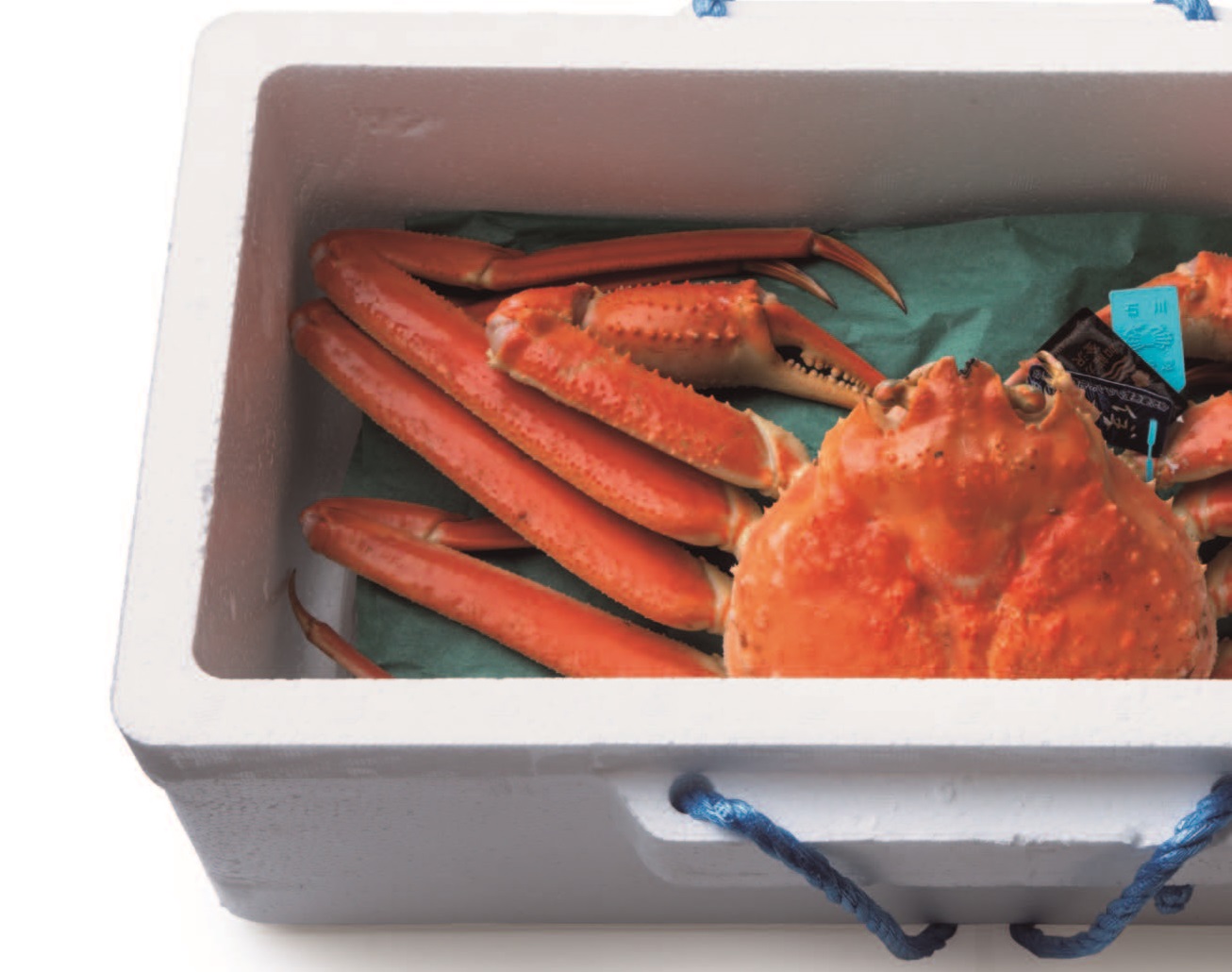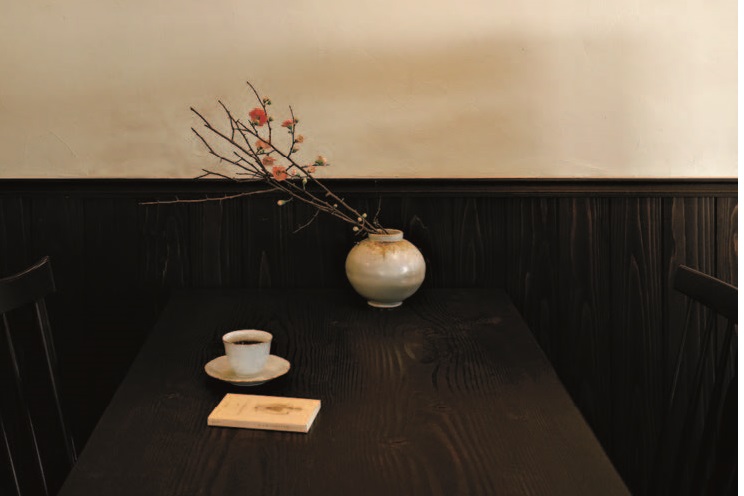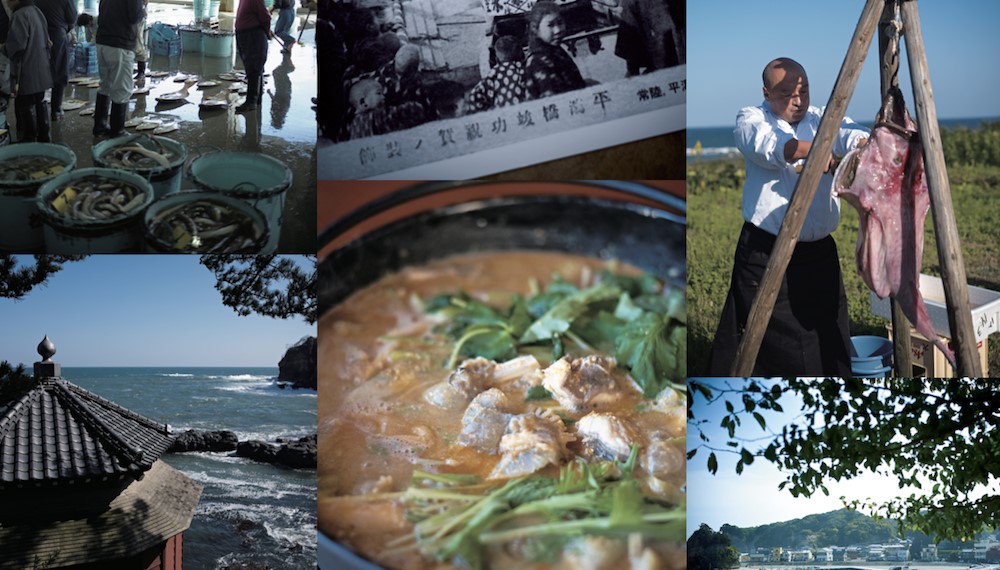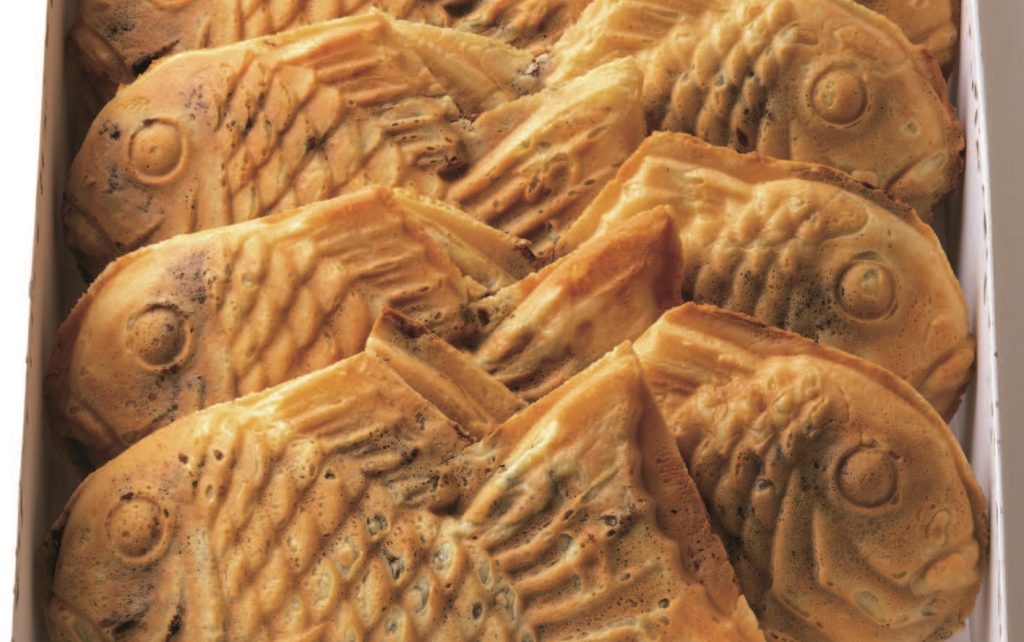Person we will be learning from
Kato Kunihiko(加藤邦彦), owner of Ubuka (うぶか), Yotsuya (四谷), Tokyo
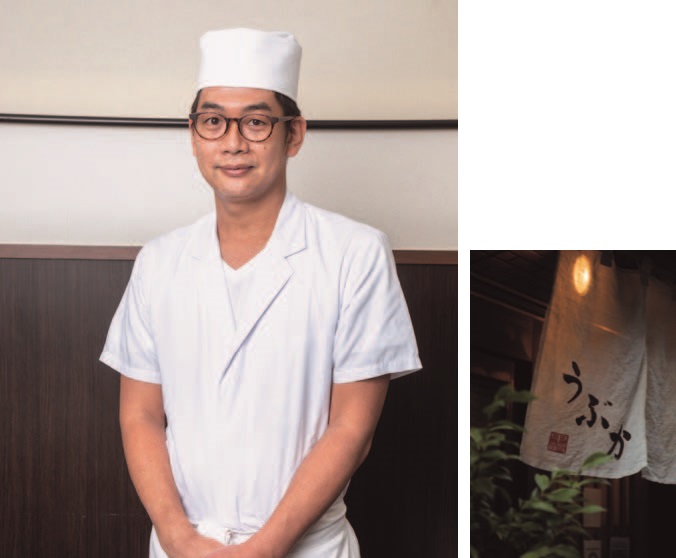
Mr Kato deals with crabs from all regions of the country and offers a full course of crustaceans throughout the year. The appeal of snow crabs, as typified by Kanou crab, from Mr Kato’s point of view is, “First of all, they are beautiful to look at. In addition to that, the meat and miso (guts) are well balanced and tasty. The meat, the miso and the broth from the shell all have their own flavour. This is an attraction not found in other crabs”. So, here is a recipe for savouring boiled snow crab at home!
Step1 Eat the middle leg first without anything on it
Did you know that crabs mainly use the third leg from the top when they move around? “The muscles are well developed and these are the tastiest,” says Mr Kato. The recommended way to eat it is to eat the best part of the boiled crab without dipping it in anything while it is still fresh and tasty. As you will see when you put it in your mouth, you don’t need any seasoning. The flavour of the crab is enough. If you want to “change” the taste a little, add salt or citrus fruits. Of course, you can also use the miso from the shell, but if you eat all the miso, you’ll miss out on the rest of the fun, so taste a little at a time. If you want to eat more crab meat, it is easier to pick at the meat stuck in the body.
As soon as you receive the crab, turn it upside down!
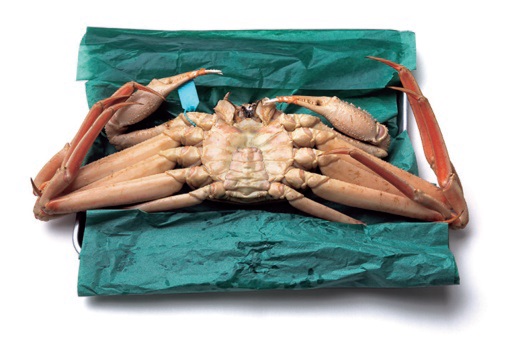
Keep the crab face down until you are ready to start cooking, as the meat extract will flow from the back of the shell, through the gaps in the ‘front’ part of the shell, known as the ‘Maekake (まえかけ, front cover)’. If not to be eaten immediately, cover with the wrapping paper provided, wrap and refrigerate. The photograph shows a 1.2 kg Kanou crab from Miyamura (みやむら), Ohmicho Market, Kanazawa.
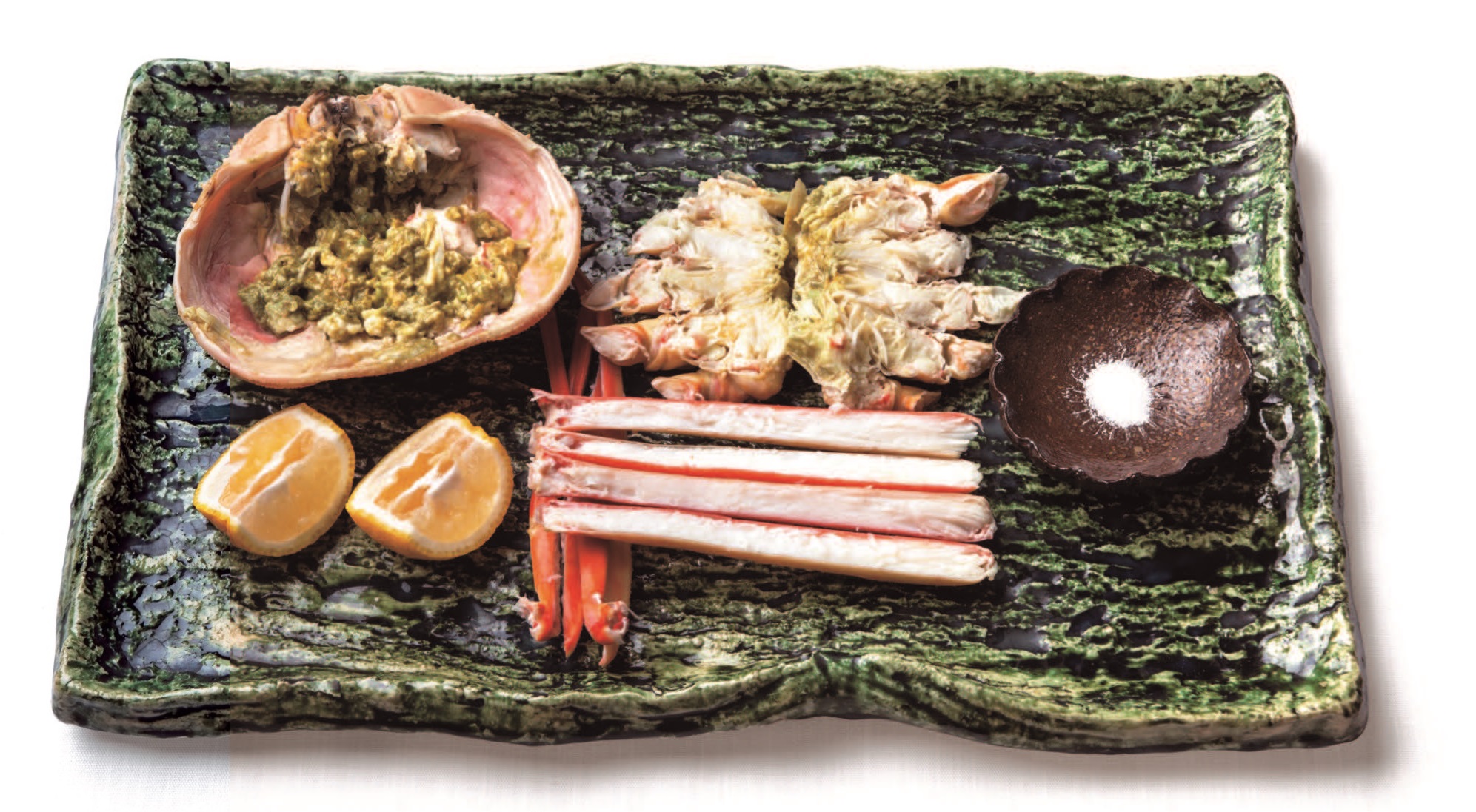
*Crabs are cut for ease of eating at home. This is different from the way they are cut in shops.
Step2 Serve the remaining legs and claws in a shabu shabu style
It is boring & can make your body feel cold to keep eating crab legs in silence, so enjoy a crab hotpot. The crab is already boiled, so you don’t have to add it to the hotpot from scratch. Prepare the mouth-watering parts for the pot, such as the big claws and the thicker parts of the legs, by cutting them into pieces. Once the vegetables of your choice are warmed up, it is enough to dip them into the broth. The best part is taking the crab meat out of the steamy shell and eating it while huffing and puffing! “Use crab hotpot broth here. You can easily get the broth from the crab shells,” says Kato. That’s why you eat the middle leg first and then take out the shell!

Crab shells are baked to make a broth
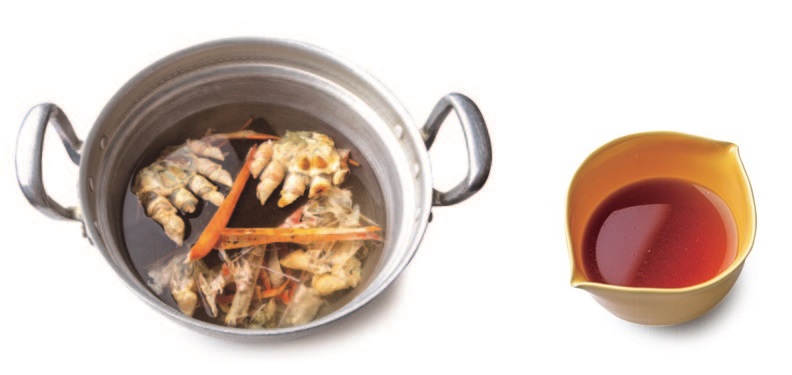
If you want to make soup stock from snow crab shells, you need to do something extra. All you have to do is roast the shells in the oven or toaster for a few minutes until they release their aroma (be careful, they can burn easily). Then, combine with kelp broth and simmer for a few minutes to transfer the aroma, then simply rub the shells. Mirin (みりん) and shoyu (醬油) are then added to the soup stock for this nabe. If vinegar and ginger juice are added to this broth, it becomes ‘Kani su (カニ酢, crab vinegar)’.
Step3 Step 3 Make zosui (rice gruel) with the shredded meat and the rest of the miso
When the ingredients of the hotpot have been exposed, what is left is the excellent broth, which is infused with the flavour of the crab hotpot and vegetables. For the last course, you can use up the broth however you like. This time we made zosui (雑炊, rice gruel), but you can also add rice cakes or udon noodles! Miso is an agonisingly delicious addition here. What comes alive at the end is the ‘hard-to-eat’ parts left over from steps 1 and 2, such as the thin legs and the inside of the body. As the crab has come all the way from Kanazawa, carefully scrape out even the smallest details, and save the meat. “Ideally, you should put it in the end of the pot and eat it all up that day. Be careful with boiled crabs, as their legs move quickly,” says Kato.
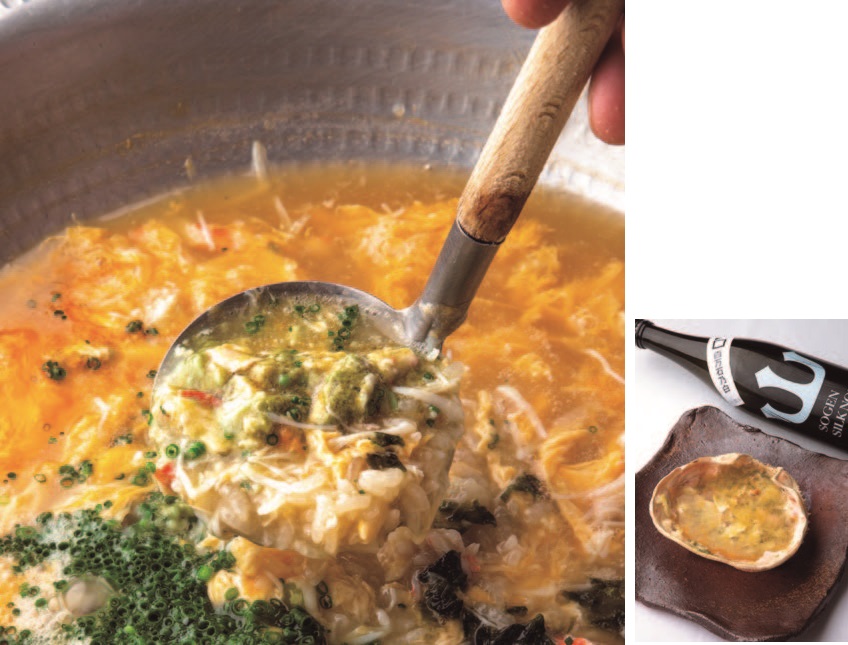
Shop Information
Ubuka
Address: 1F, IS 2 Bldg, 2-14 Arakicho, Shinjuku-ku, Tokyo
Tel: 03-3356-7270
Opening hours: 17:00-23:00
Holidays: Sundays and public holidays
Official website: https://ubuka.jp/
Modestly priced to allow diners to enjoy seasonal crustaceans from season to season; 10 dishes for JPY 15,000 (tax and service charge of 10% not included). 10 seats in total.
*This article is a reprint of the magazine Waraku (Feb/Mar 2022). Please check the latest information before visiting.
Photography by Ishii Hiroaki (石井宏明) Composition by Fujita Yu (藤田 優)
This article is translated from https://intojapanwaraku.com/travel/232819/






